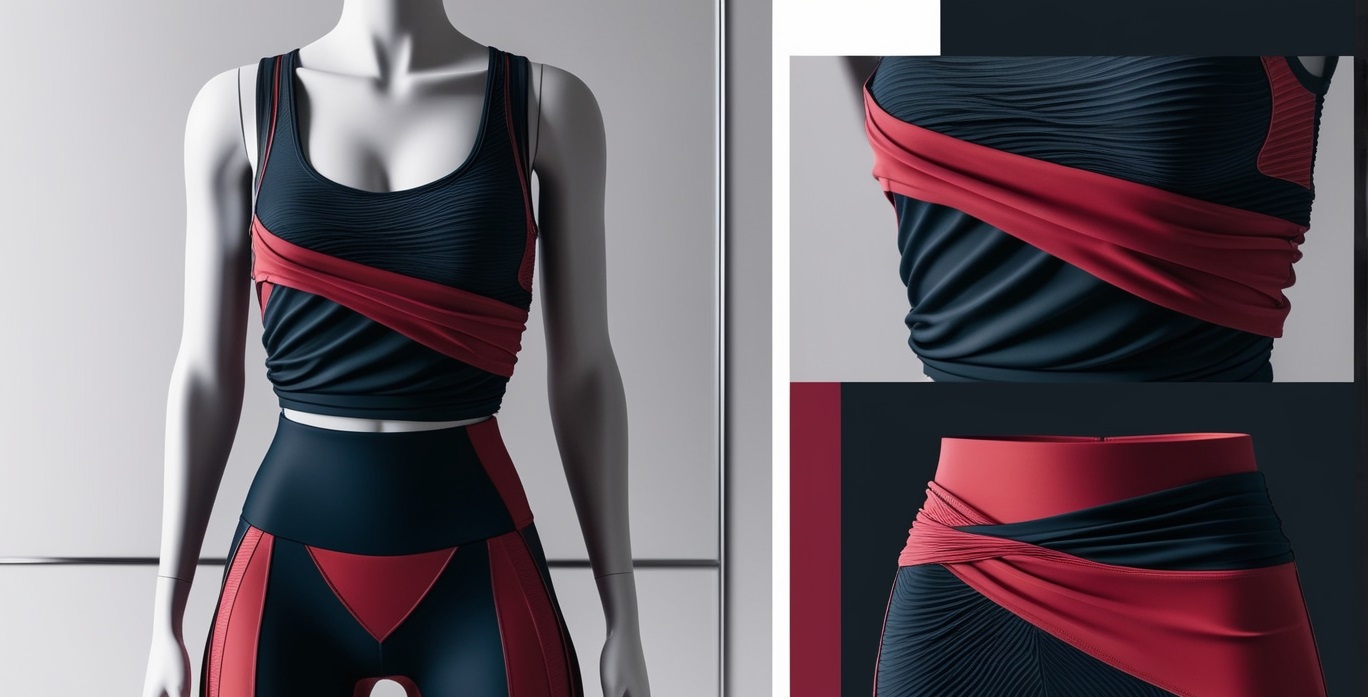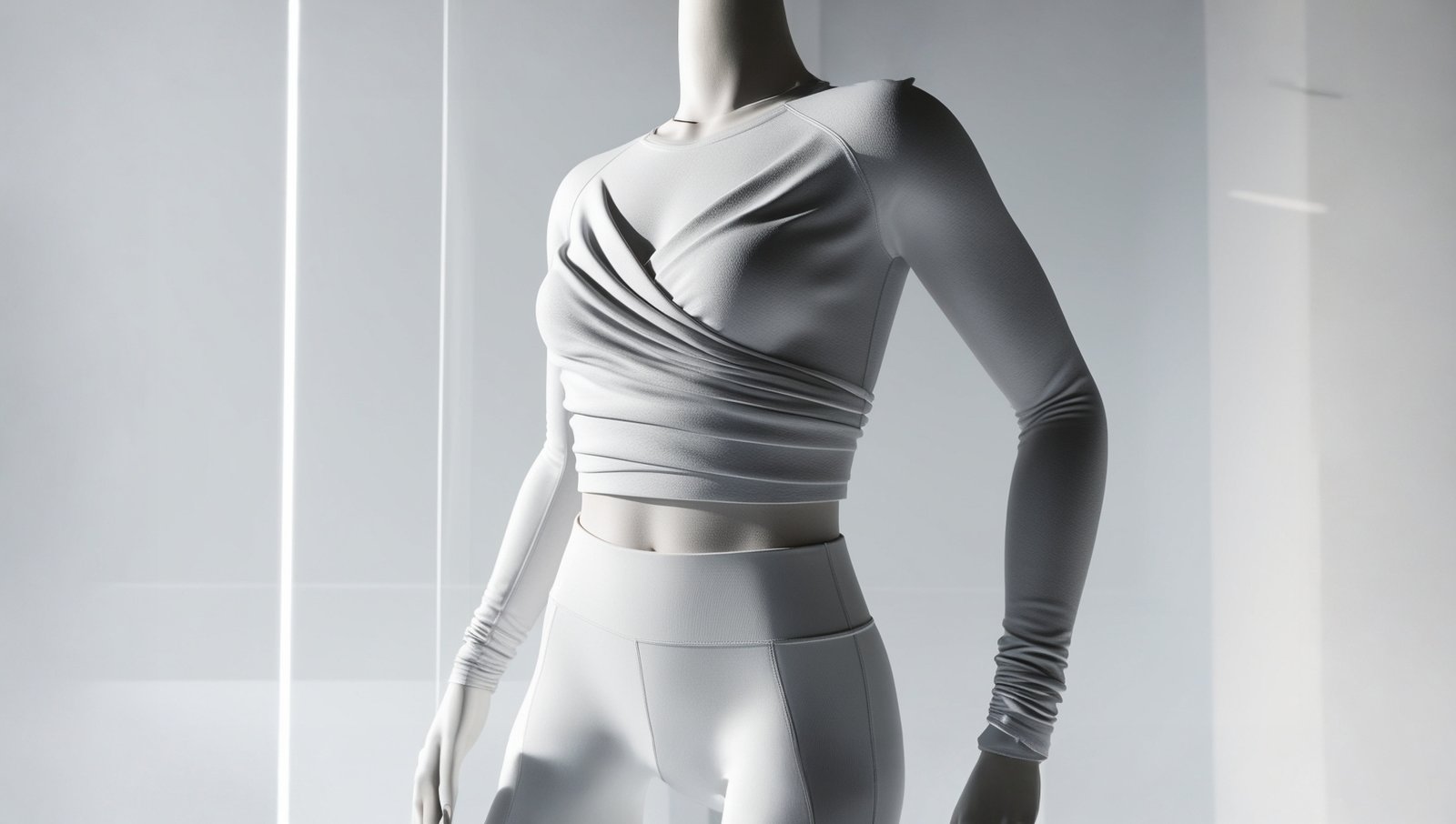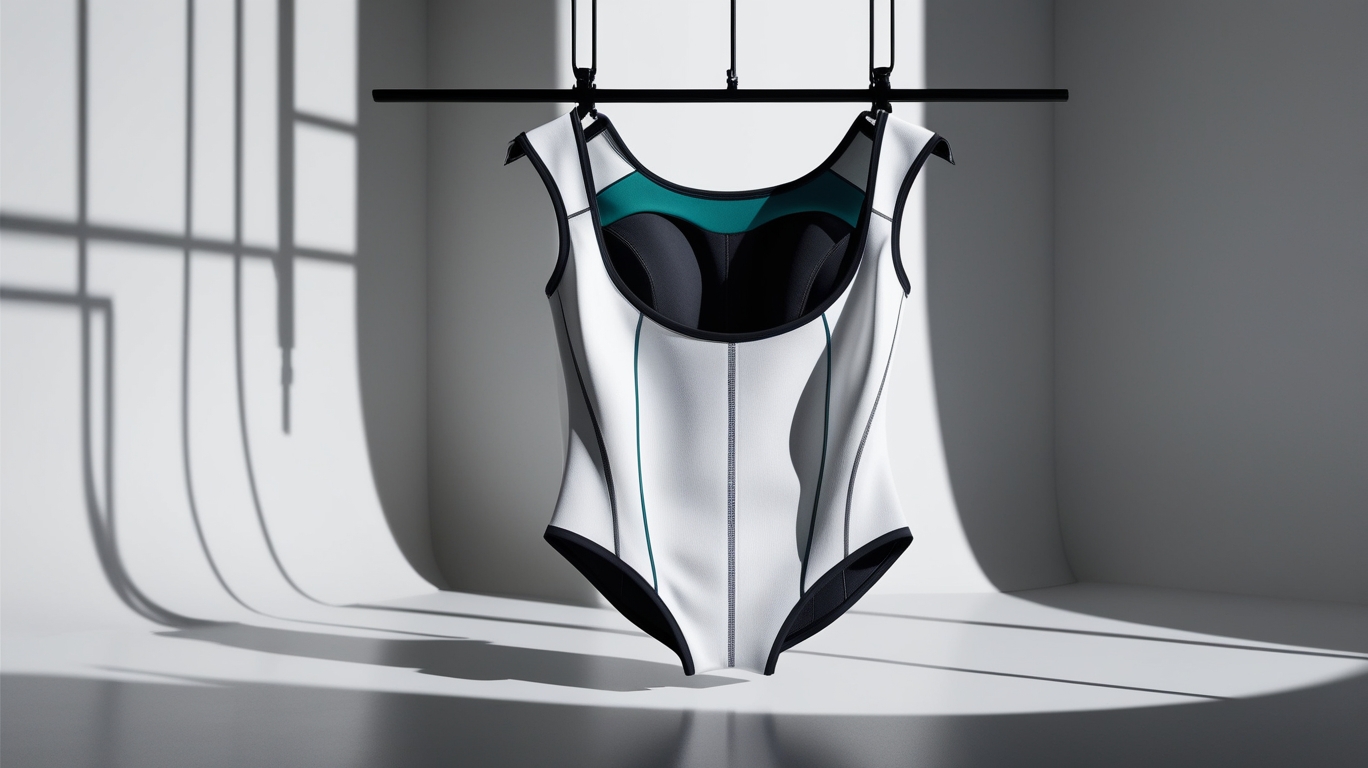Features
Home » Features
ABOUT DIGITAL FASHION

Digital Fashion:
- Digital fashion represents the next frontier in the fashion industry, merging style with cutting-edge technology to create garments that exist solely in the digital space. Instead of designing clothing for physical production, digital fashion allows designers to create virtual garments that can be worn in virtual worlds, social media, games, and across the metaverse. These garments are 3D models crafted with precision, using specialized software to simulate the textures, colors, and movement of real clothing.
- Digital fashion enables users to express themselves in virtual environments where avatars serve as extensions of their identity. As the fashion industry leans into sustainability and innovation, digital fashion offers a solution to fast fashion and overproduction by creating clothing that exists purely in the virtual realm, requiring no physical resources. From virtual runways to personalized avatars, digital fashion is revolutionizing how we interact with clothing in both creative and sustainable ways.

Physical Garment vs Digital Garment:
The distinction between physical and digital garments lies primarily in their form, production, and functionality:
- Material: Physical garments are made from tangible materials like cotton, wool, silk, or synthetic fabrics. Digital garments, on the other hand, are created using software, consisting of pixels and data rather than fabric. Designers can push creative boundaries without the limitations of physical materials.
- Creation Process: Physical garments go through a complex process involving fabric sourcing, pattern making, cutting, sewing, and assembly. Digital garments, however, are designed entirely in 3D, using tools like Clo-Set, Marvelous Designer, or Blender. These tools allow for greater creative experimentation and detail in the design process without the constraints of material costs or production times.
- Environmental Impact: Physical garments often contribute to waste and pollution due to overproduction, resource use, and disposal issues. Digital garments, by contrast, leave no physical footprint, offering an eco-friendly alternative that addresses the growing concerns around sustainability in fashion.
- Usage: Physical garments are worn in the real world, while digital garments are used in virtual environments such as video games, social media, or the metaverse. They can be “worn” by avatars or even superimposed on images of people through AR (Augmented Reality) technology.
Digital garments unlock endless possibilities for customization, creativity, and functionality without the need for physical production. With technology evolving, the line between digital and physical fashion is blurring, offering exciting new ways to experience fashion.

Process Digital Garment to Physical Garment Sample Making:
Turning a digital garment into a physical sample involves several key steps that blend technology with traditional garment-making techniques:
- Digital Design: The process begins with the creation of a fully detailed 3D model of the garment using digital design software. The designer builds the garment virtually, accounting for fit, shape, texture, and movement, just as they would for a real-world design.
- Digital Pattern Creation: The digital garment is then broken down into 2D patterns, similar to how physical garments are constructed. The software translates the virtual design into flat patterns that can be printed or transferred for fabric cutting.
- Fabric Selection: In this phase, physical fabrics are chosen to replicate the textures, colors, and drape envisioned in the digital design. Designers use the digital model as a guide to select the right materials, such as cotton, silk, or synthetic blends, that best match the virtual fabric.
- Sample Making: The 2D patterns are printed or plotted, and the fabric is cut and sewn to create the physical sample. This sample is compared with the original digital model to ensure it matches the intended look and fit.
- Refinement: Designers may make adjustments to the physical garment, updating patterns and fabric selections based on the fit or look of the sample. Any changes are made in both the digital and physical versions to ensure consistency.
This process allows designers to iterate faster, minimize material waste, and visualize the final product before it ever reaches production, bridging the gap between virtual and physical fashion worlds.

Digital Fashion is Impacting the World:
Digital fashion is making a profound impact globally across various industries, from gaming to sustainability, and the way consumers interact with clothing is changing rapidly:
- Sustainability: One of the most significant effects of digital fashion is its contribution to sustainability. Traditional fashion often involves overproduction and waste, but digital fashion eliminates the need for physical resources, reducing carbon footprints and minimizing waste. Fashion brands can now create virtual prototypes before manufacturing, reducing the need for excess inventory.
- Metaverse and Gaming: Digital fashion is thriving within the metaverse and gaming spaces, where virtual avatars represent users. Platforms like Roblox, Fortnite, and Decentraland allow users to buy, sell, and wear digital clothing for their avatars, creating new markets for fashion in virtual worlds. The rise of NFTs (non-fungible tokens) has also given fashion brands the ability to sell unique digital garments as collectible assets.
- Social Media and AR: With the rise of Augmented Reality (AR) technology, consumers can now “wear” digital fashion on social media without purchasing physical items. Brands are creating virtual garments that users can superimpose on themselves in photos and videos, expanding the role of digital fashion in influencer culture, fashion marketing, and e-commerce.

Digital Fashion is Impacting the World:
- Economic Shift: Digital fashion is creating new business models, giving rise to virtual fashion houses, marketplaces for buying and trading digital garments, and even entirely digital fashion brands that operate without physical production. This shift opens up new revenue streams for fashion designers and brands while meeting the demand for eco-friendly and technologically advanced fashion.
- Creative Freedom: Designers have unprecedented creative freedom in the digital space, unbound by the physical limitations of fabric or gravity. Digital fashion allows for the creation of garments that defy the laws of physics, featuring animated textures, dynamic lighting, and materials that could never exist in the physical world.
As digital fashion continues to grow, its influence is being felt across industries, from sustainability efforts to the transformation of how we experience fashion in virtual worlds.

